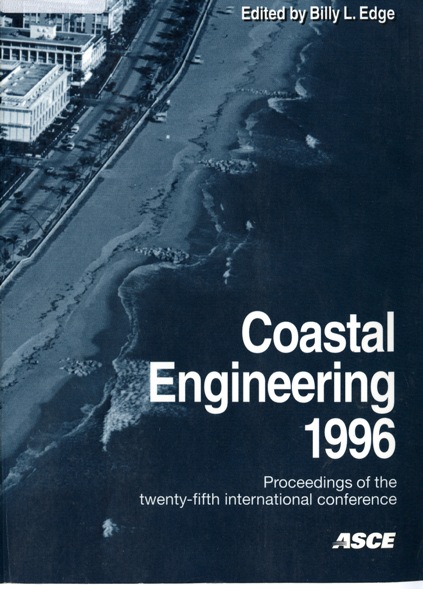Abstract
The ratio U of near-bed peak orbital speed to grain threshold speed should express the competence of coastal waves to agitate loose seafloor sediments. Using Stream Function Wave Theory, [/can be evaluated separately under the wave crest Uc and trough UT to produce a pair of parameters whose relative magnitudes indicate the direction of the displacing force. The authors tested this simple parametrization in two distinctly different, large-scale coastal transport situations. One situation involved relative stabilities and displacements of submerged dredged-material mounds outside the normal surf zone. These mounds contained 10s to 100s of thousands of cubic meters of sandy material. Predicted wave responses match well with measurements made over months and years at 11 such mounds widely scattered around the United States. The second situation involved predicting whether beaches accrete or erode during single storms. Comparison between [/-based predictions and 99 beach responses, compiled from the published literature, provided good confirmation in the second situation. Critical values of [/are surprisingly skillful in predicting both types of cross-shore movement. Where extreme [/c's exceeded [/T's by more than about 5, mounds migrated shoreward; where waves were more linear, mounds remained stationary. Beaches eroded significantly where UT < -2; and accreted otherwise regardless of the degree of wave linearity.
Authors retain copyright and grant the Proceedings right of first publication with the work simultaneously licensed under a Creative Commons Attribution License that allows others to share the work with an acknowledgement of the work's authorship and initial publication in this Proceedings.

